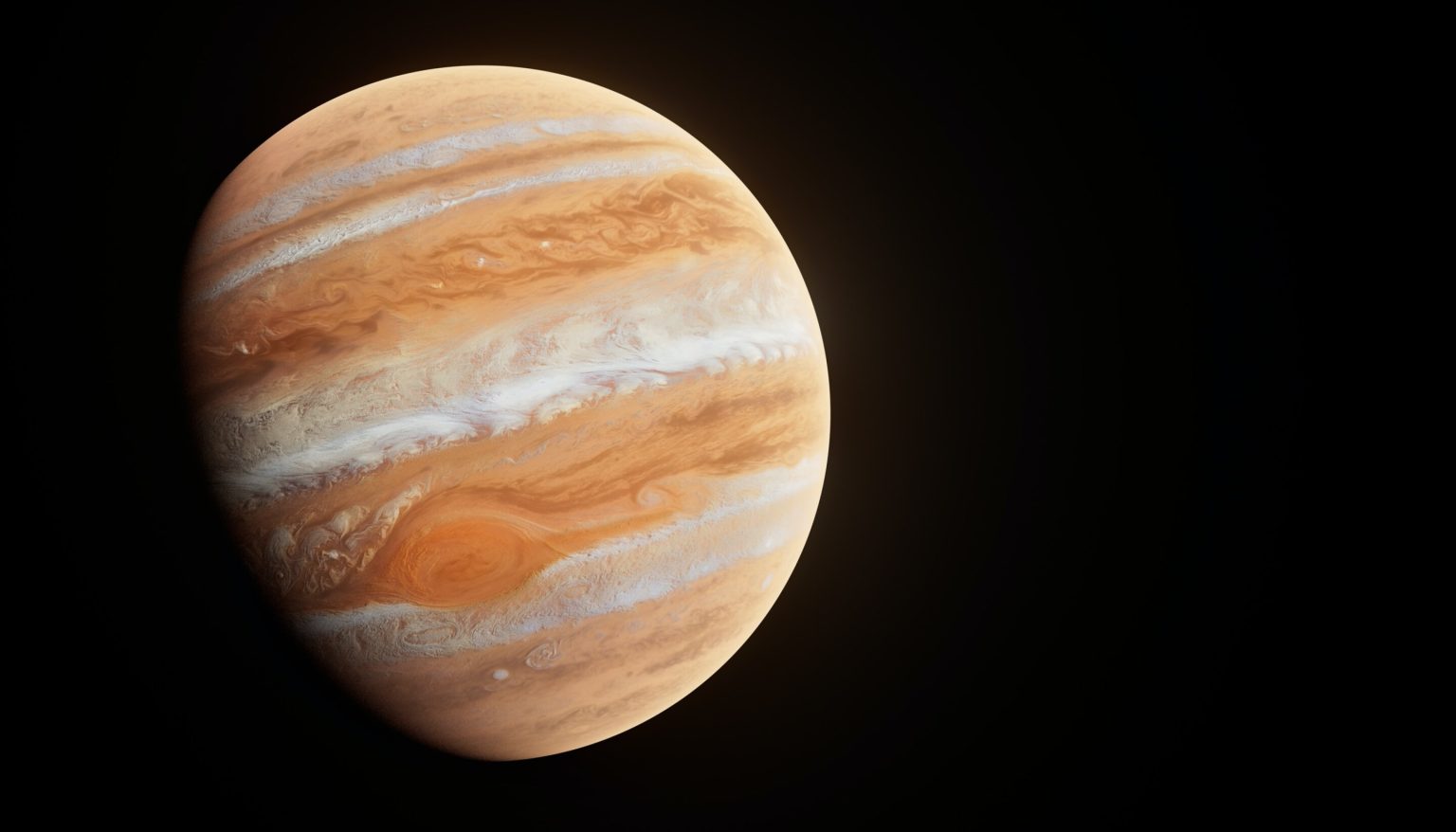A new study reveals details about the formation of gas giants from protoplanetary disks. It turns out that this process may have occurred faster than previously thought.

How did the gas giants form?
A fresh look at past data shows that exoplanets with masses similar to Jupiter formed much earlier than previously thought, according to a new study. The Ohio State University findings provide new information about accretion time, the process of accumulating large amounts of gas as well as carbon- and oxygen-rich solid particles to create large planets like Jupiter.
Planets form from protoplanetary disks — spinning clouds of dust and gas that are the perfect ingredients for planet formation. This new study suggests that accretion occurs at an early stage when the disks are massive and much younger than researchers previously thought.
Although the number of newly confirmed exoplanets continues to grow, the origin of these worlds and the factors influencing their formation are still a mystery that scientists try to unravel. For example, exoplanets like Jupiter were originally thought to take 3 to 5 million years to fully form; recent observations indicate that for a gas giant like Jupiter, the process likely takes 1 to 2 million years.
The discovery challenges researchers’ existing theories on the “age” of the protoplanetary disks from which these planets formed, said Ji Wang, study author and associate professor of astronomy at Ohio State University. The findings may encourage scientists to reevaluate and revise their theories of planet formation in the Solar System and elsewhere.
Core accretion theory
Although exoplanets refer to planetary objects that orbit far outside our Solar System, understanding how they form can help researchers better understand the evolution of the Solar System and early Earth, whose formation occurred much later than Jupiter’s but was still significantly influenced by it.
The bottom-up interpretation of planet formation is called the “core accretion theory,” but another possible formation mechanism is where planets form due to gravitational instability, where clumps in the disk around a star become too massive to support themselves and collapse to form planets. Since the accretion history of a planet can be closely linked to these two compelling but complementary evolutionary mechanisms, it is important to determine which process occurs more frequently.
The study analyzed a sample of seven gas giant exoplanets whose stellar and planetary chemical properties have already been directly measured by previous studies, and compared them to data on our Solar System’s gas giants, Jupiter and Saturn.
Solid matter forming exoplanets
Wang showed that the early formation of these exoplanets was consistent with recent evidence that Jupiter formed much earlier than previously thought. This conclusion is based on the surprisingly large amount of solids that accreted these exoplanets.
All the materials that accumulate at the beginning of a planet’s formation increase the metallicity of its atmosphere, and by observing the trails they leave behind, researchers can measure the amount of particulate matter the planet once collected.
According to Wang, the higher the metallicity, the more solids and metals – anything in the Mendeleev table is more massive than hydrogen and helium. Scientists can suggest what was accumulated during the formation of the planet.
The new data suggest that the building blocks from which exoplanets formed were available at an earlier stage in the evolution of the protoplanetary disk than previously thought, and their availability has decreased significantly over millions of years. Since scientists don’t usually expect to find evidence that planets formed so early, it’s a discovery that current theories will likely struggle to reconcile.
Influence of gas giants on the formation of other exoplanets
As gas giants pull in huge amounts of matter during accretion, their formation and migration through space also influences the development of rocky planets in other parts of the protoplanetary disk. It is believed that in the Solar System, this phenomenon caused Jupiter and Saturn to push Mercury out of its original orbit and Mars to become much smaller than Earth or Venus.
However, to help astronomers aiming to do similar analyses of planet formation in the future, the paper also provides a statistical basis for deriving the total solid accretion mass for any other exoplanet, which, as indicated in the study notes, could be an ideal instrument for investigating other kinds of complex elemental data as well.
Although this study relied solely on archival data, Wang expects his work to be complemented by new high-resolution data collected with more advanced instruments such as powerful ground-based astronomical observatories or next-generation technologies such as the James Webb Space Telescope.
According to phys.org


